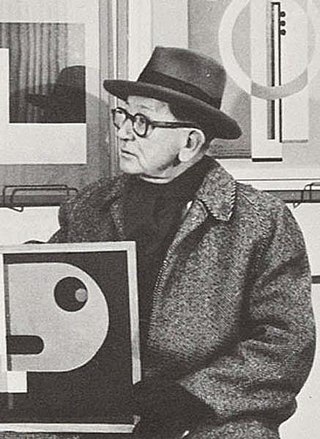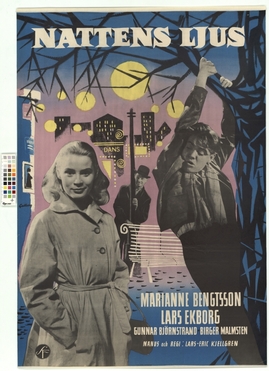The 1925–26 season in Swedish football, starting August 1925 and ending July 1926:
The 1929-30 season in Swedish football, starting August 1929 and ending July 1930:
The 1931–32 season in Swedish football, starting August 1931 and ending July 1932:
The 1939–40 season in Swedish football, starting August 1939 and ending July 1940:

Nils Dardel was a 20th-century Swedish Post-Impressionist painter, grandson to famous Swedish painter Fritz von Dardel.
The 1941–42 season in Swedish football, starting August 1941 and ending July 1942:

The Jazz Boy is a 1958 Swedish musical film directed by Hasse Ekman and starring Ekman, Maj-Britt Nilsson, Elof Ahrle and Georg Funkquist. The film was an attempt to make a nostalgical cavalcade of the Swedish entertainment scene of the 1920s and 1930s, and featured many songs from that era. The film's sets were designed by the art director P.A. Lundgren.

Mjellby Art Museum is situated outside Halmstad, Sweden. There is an art gallery featuring exhibitions of diverse content – everything from 1900s modernists to current contemporary art.

Erik Artur Olson was a Swedish painter, illustrator, graphic artist, sculptor, theater decorator, and member of Halmstadgruppen. He was the brother of artist Axel Olson, and in 1929 married Solvig Sven-Nilsson. Olson is represented, for example, at the National Museum and the Museum of Modern Art. Olson is known as a Swedish surrealist. He devoted himself to dream-like, over realistic artwork.

The Prince Eugen Medal is a medal conferred by the King of Sweden for "outstanding artistic achievement".

Gösta Adrian-Nilsson, usually referred to as GAN, was a Swedish artist and writer. He is regarded as a pioneer of the Swedish modernist art movement.

Inge Pål-Nils Nilsson, was a Swedish photographer and filmmaker active from the 1950s to the 1990s.

Konstnärsförbundets skola was a painting school in Stockholm, Sweden, which was offered by Konstnärsförbundet 1890–1908. The latter association was in turn established in opposition to the Royal Swedish Academy of Fine Arts. One of the school's co-founders was Richard Bergh. The school had several well-known teachers, including Anders Zorn, Nils Kreuger and Karl Nordström, in addition to Bergh himself. Several of the alumni would distinguish themselves on the contemporary Swedish visual arts scene. The group De unga, for example, consisted mainly of pupils from the school.

The Talk of the Town is a 1941 Swedish drama film directed by Per Lindberg and starring Olof Sandborg, Carl Ström and Marianne Löfgren. The film's sets were designed by the art director Bertil Duroj. Location shooting took place around Nyköping.

Darling of Mine is a 1955 Swedish comedy film directed by Schamyl Bauman and starring Sickan Carlsson, Karl-Arne Holmsten and Erik Berglund. It was shot at the Centrumateljéerna Studios in Stockholm. The film's sets were designed by the art director Arthur Spjuth.

Speed Fever is a 1953 Swedish drama film directed by Egil Holmsen and starring Arne Ragneborn, Sven-Axel Carlsson and Erik Berglund. The film's sets were designed by the art director Bertil Duroj. It was shot on location around Stockholm.

Night Light is a 1957 Swedish romantic comedy film directed by Lars-Eric Kjellgren and starring Marianne Bengtsson, Lars Ekborg and Gunnar Björnstrand. It was shot at the Råsunda Studios in Stockholm. The film's sets were designed by the art director P.A. Lundgren.

The Hard Game is a 1956 Swedish sports drama film directed by Lars-Eric Kjellgren and starring Sven-Eric Gamble, Ann-Marie Gyllenspetz and Åke Grönberg. It was shot at the Råsunda Studios in Stockholm and on location in Gothenburg. The film's sets were designed by the art director P.A. Lundgren.













